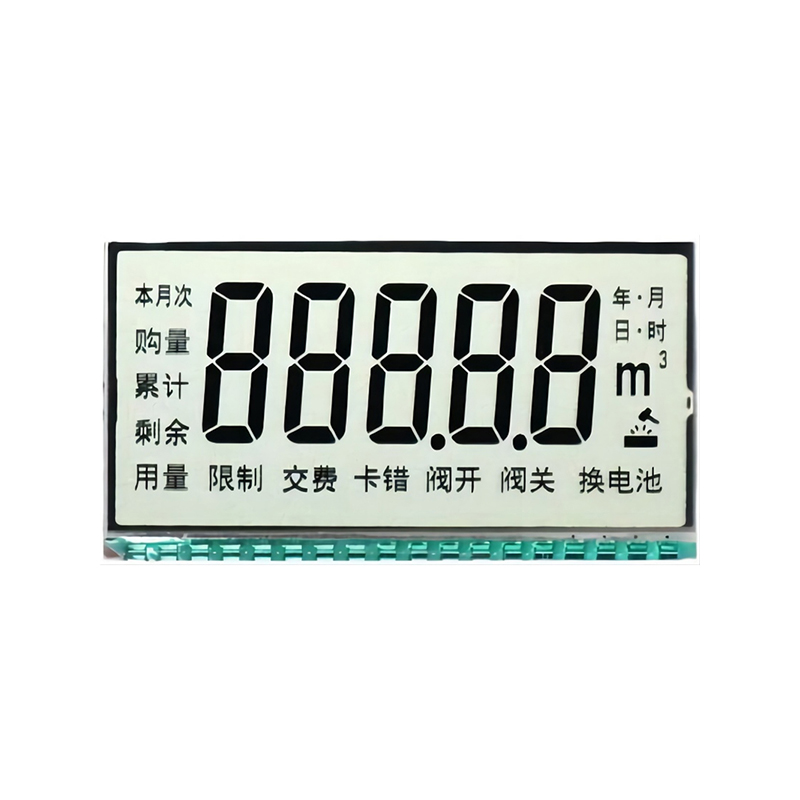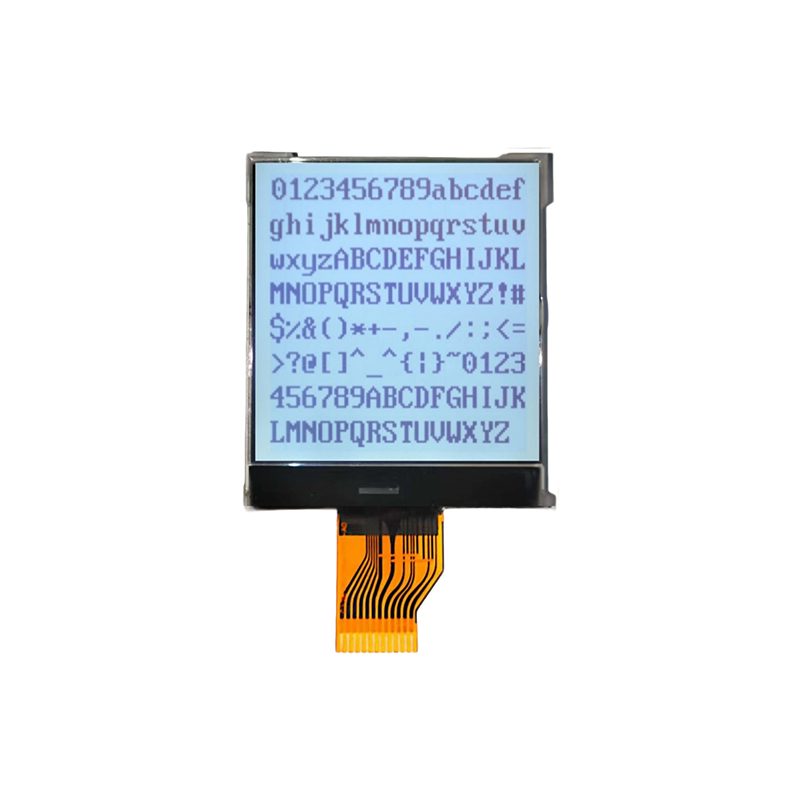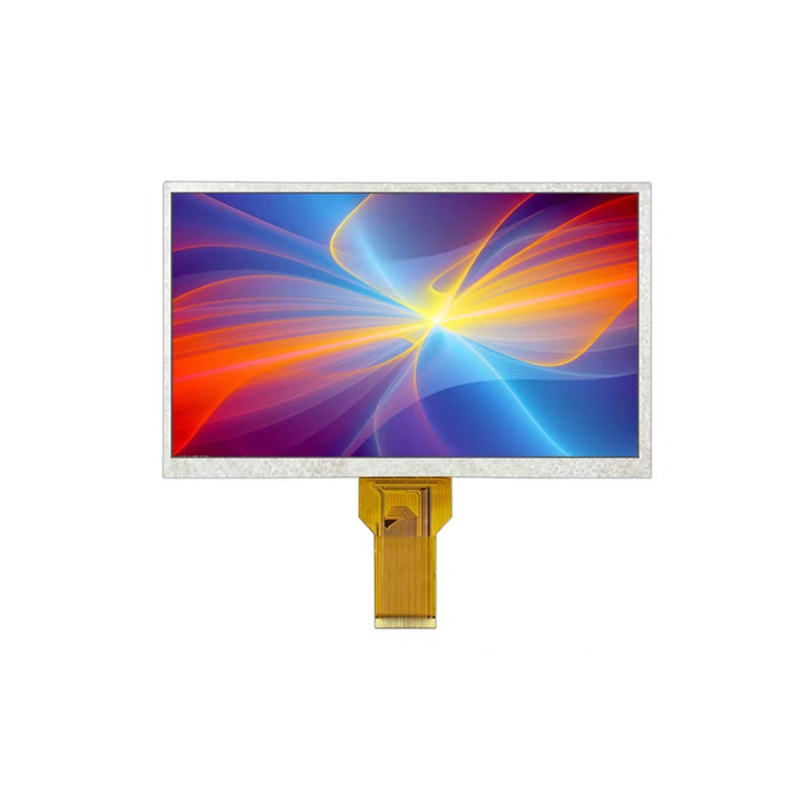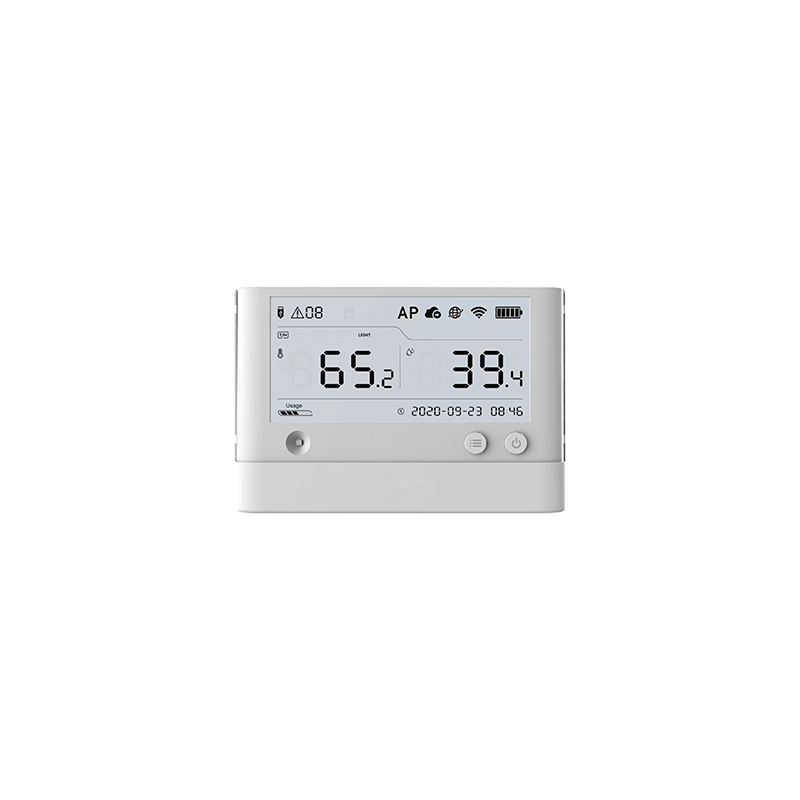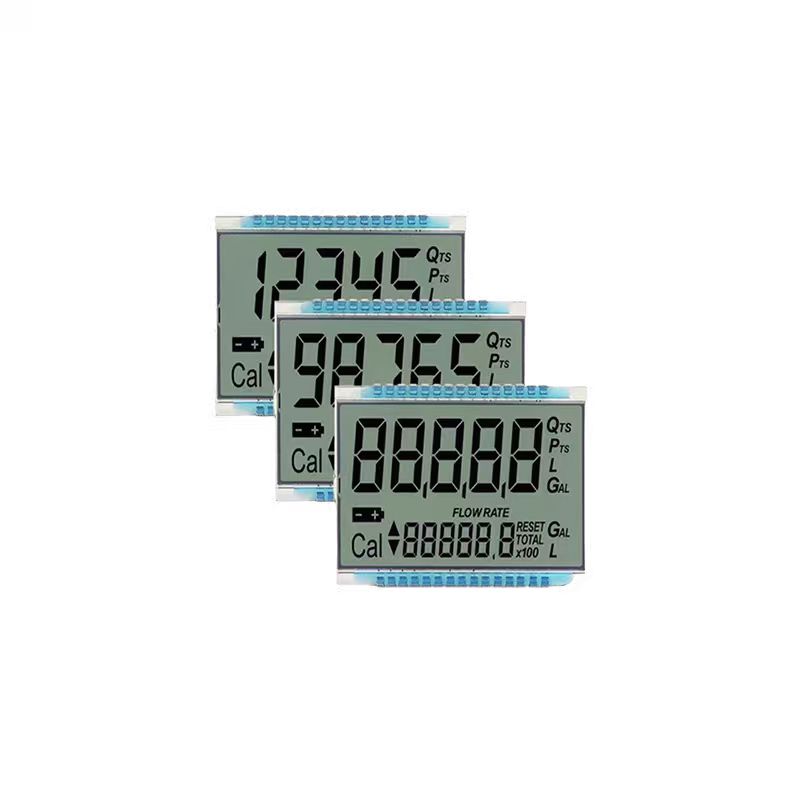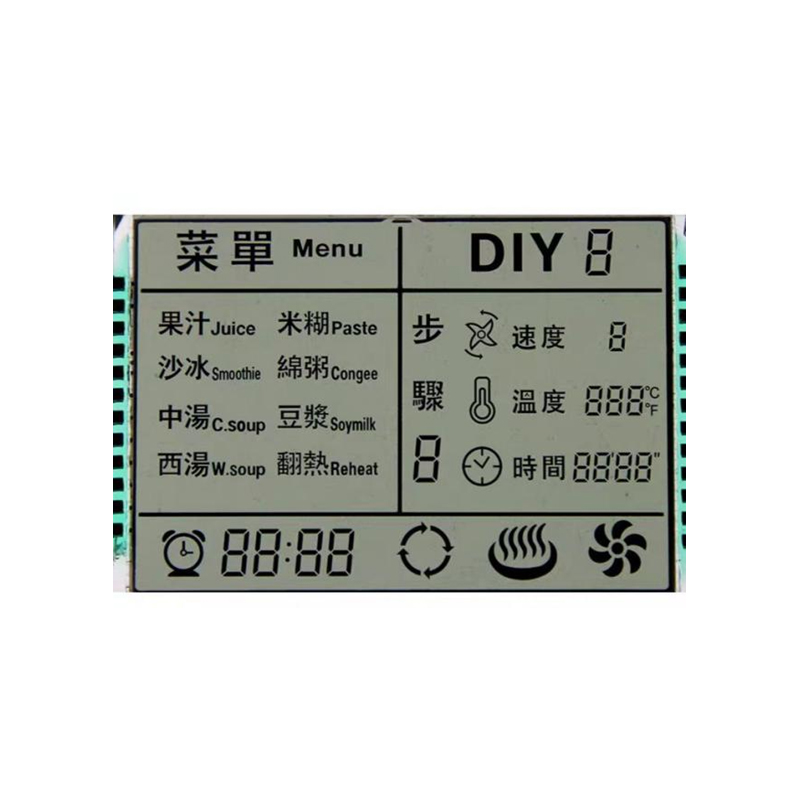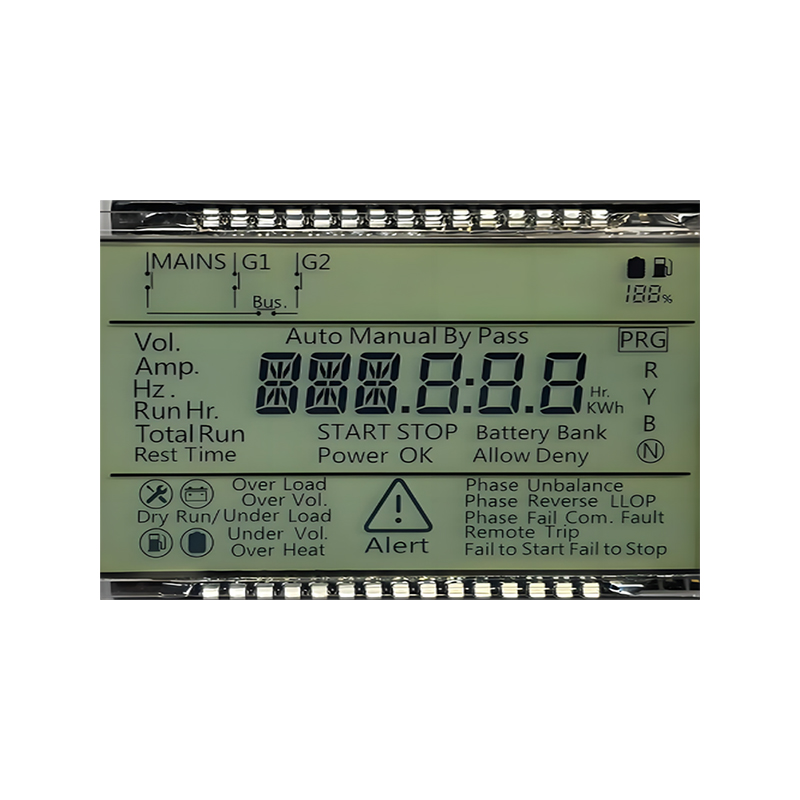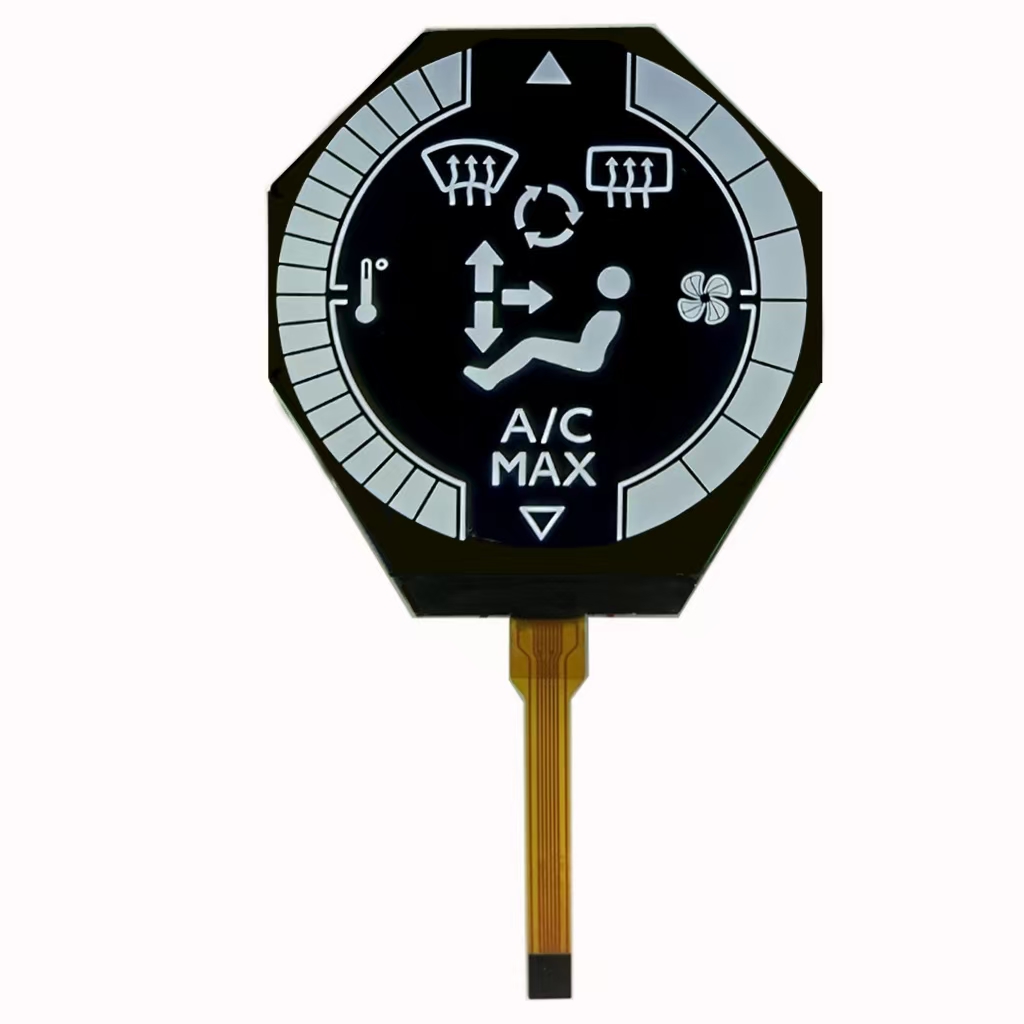
This guide helps you select the perfect Raspberry Pi TFT display for your project, covering various screen sizes, resolutions, interfaces, and key features to consider. We'll explore different options, their pros and cons, and provide practical advice to ensure a seamless integration with your Raspberry Pi.
The first crucial decision is choosing the right screen size and resolution for your application. Smaller displays (e.g., 2.2 inches, 3.5 inches) are ideal for portable projects or applications where space is limited. Larger displays (e.g., 5 inches, 7 inches) offer more real estate for complex interfaces or media consumption. Consider the resolution; higher resolutions (e.g., 800x480, 1024x600) provide sharper images and text but may require more processing power from your Raspberry Pi. A good balance often lies in a 3.5-inch display with a resolution of 480x320.
Raspberry Pi TFT displays typically use either SPI or parallel interfaces to communicate with the Raspberry Pi. SPI is generally preferred due to its simplicity and ease of use, requiring fewer GPIO pins. Parallel interfaces offer higher bandwidth but are more complex to set up. Most readily available displays use SPI, making it the more accessible choice for beginners.
Many RPI TFT displays offer touchscreen functionality, adding interactive capabilities to your projects. Touchscreens greatly enhance user experience, particularly in applications requiring direct input. Consider whether touchscreen functionality is essential for your project and choose a display accordingly. Resistive and capacitive touchscreens are common choices, with capacitive offering a more responsive and modern experience.
The brightness and backlight type of your display are crucial considerations, especially if you plan to use it in varying lighting conditions. Some displays offer adjustable brightness, allowing you to optimize the screen for different environments. Note that some displays utilize LEDs and others may use less efficient backlighting. Check specifications for details on backlight type and expected power consumption.
The market offers a wide selection of RPI TFT displays. Researching different models from reputable manufacturers is key. Key features to compare include resolution, size, interface type, touchscreen support, and price. Many online retailers offer detailed specifications and user reviews to help inform your choice.
Once you’ve selected your Raspberry Pi TFT display, you'll need to connect it to your Raspberry Pi using the appropriate cables and configure the display settings. This often involves installing drivers and configuring the display resolution through the Raspberry Pi's configuration files. Many online tutorials and guides provide step-by-step instructions for connecting and configuring various display models.
| Feature | Small Display (e.g., 3.5 inch) | Large Display (e.g., 7 inch) |
|---|---|---|
| Size & Resolution | Ideal for portable projects, limited space. Lower resolution often sufficient. | Suitable for larger projects, more screen real estate. Higher resolution often preferred. |
| Power Consumption | Generally lower power consumption. | Generally higher power consumption. |
| Cost | Typically less expensive. | Typically more expensive. |
Remember to always consult the manufacturer's documentation for your specific RPI TFT display model. This will provide the most accurate and up-to-date information on connecting, configuring, and troubleshooting your display.
For a wide selection of high-quality LCD displays, including those compatible with Raspberry Pi, consider exploring the options available at Dalian Eastern Display Co., Ltd. They offer a diverse range of displays to suit various needs and budgets.

